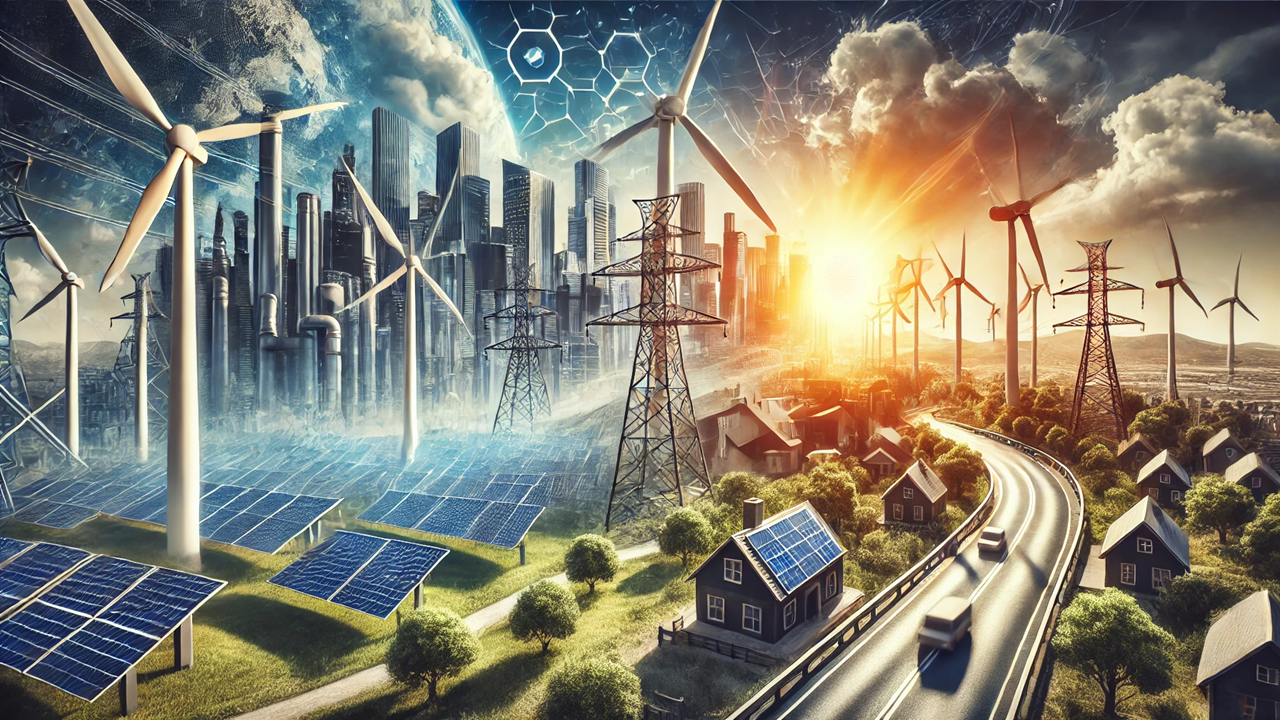World Bank's Guide to Effective Energy Subsidy Reforms: Key Insights & Actions
The World Bank's report, "From Ambition to Action: Practical Insights on Energy Subsidy Reforms," offers a comprehensive roadmap for developing countries to reform energy subsidies effectively. The report emphasizes the importance of redirecting funds from fossil fuel subsidies to critical areas like clean energy and social programs, offering a 12-step strategy to balance fiscal, economic, and environmental goals. By spotlighting real-world examples and practical tools, the report provides actionable insights for policymakers seeking sustainable energy transitions.

World Bank Report Highlights Roadmap for Effective Energy Subsidy Reforms
In its latest report, "From Ambition to Action: Practical Insights on Energy Subsidy Reforms," the World Bank addresses one of today’s most pressing environmental and economic challenges: energy subsidy reform. Across the globe, governments are spending billions annually to lower energy costs, particularly for fossil fuels. While these subsidies aim to support economic growth and alleviate energy costs for low-income households, they frequently benefit wealthier individuals who consume more energy, straining public budgets and slowing progress toward clean energy goals.
Rethinking Subsidies for a Sustainable Future
The World Bank’s Energy Sector Management Assistance Program (ESMAP) has been leading efforts to help countries transition away from traditional fossil fuel subsidies. Their findings stress that without change, subsidies risk perpetuating environmental harm and missed opportunities for renewable investments. The World Bank’s report provides a detailed roadmap, spotlighting key steps for countries to transition toward a sustainable energy future without compromising economic stability.
ESMAP’s 12-Step Guide for Lasting Energy Reform
Drawing from years of research and real-world examples, ESMAP outlines 12 actionable steps for governments aiming to reform their energy subsidies effectively. The steps include understanding the motivations and impacts of subsidies, developing multiple reform paths, and tailoring solutions to local political and economic contexts. These steps are more than just a checklist—they serve as a comprehensive framework to address each nation’s unique energy, fiscal, and social needs.
Among the recommended actions, the report emphasizes the importance of careful timing and sequencing of reforms. Gradual implementation, particularly with periodic adjustment mechanisms, helps mitigate economic shocks. Additionally, directing the savings from reduced subsidies into targeted social programs—such as cash transfers for vulnerable groups—can ease the transition and sustain public support.
Using Data and Tools to Measure Impact
The report also underscores the role of analytical tools in shaping effective reforms. Macroeconomic and fiscal modeling, such as computable general equilibrium (CGE) models, allows governments to gauge the broad economic impacts of energy reform on households, businesses, and public finances. Distributional analysis further refines these insights, helping identify which groups are most affected and ensuring that subsidy cuts are balanced by targeted assistance for lower-income households. Lastly, environmental and carbon pricing assessments support sustainable goals by clarifying the cost of carbon emissions and guiding the implementation of balanced tax and subsidy systems.
Real-World Insights and Case Studies
ESMAP’s report draws on case studies to illustrate successful subsidy reforms, such as transitioning from universal subsidies for cooking gas (LPG) to direct cash transfers for low-income households. This approach addresses the inefficiencies of broad subsidies, which often benefit wealthier consumers, and focuses on providing cleaner, affordable options for those who need them most.
Another notable example involves electricity and fuel sector reforms. When countries couple subsidy reductions with investments in clean energy infrastructure, the impact extends beyond immediate fiscal savings—it supports long-term energy resilience and environmental sustainability.
Challenges and Continuous Learning
Reforming subsidies isn’t easy. Political resistance, technical barriers, and economic uncertainties can all stall progress. The World Bank report recommends that policymakers engage openly with stakeholders and build public trust through transparent, consistent communication. By making sure that reforms are understood, governments can counteract opposition and gather support for the long-term benefits of subsidy changes. The report also highlights the growing role of digital technology and mobile banking in streamlining cash transfers to low-income families, ensuring they receive timely support without the complexities of conventional subsidy systems.
A Call for Sustainable Reform
The World Bank’s "From Ambition to Action" report leaves no doubt that energy subsidy reform is essential for both fiscal responsibility and environmental progress. As governments worldwide grapple with balancing economic growth and climate goals, this report provides a solid foundation for countries to move toward a cleaner, more equitable energy future.
With ESMAP’s guidance, policymakers can look beyond short-term fixes and embrace an integrated, strategic approach to subsidy reform. Redirecting resources from fossil fuels to vital social and environmental initiatives is not only possible but crucial in meeting today’s global challenges.
By shifting focus and resources, the report argues, countries can make significant strides toward sustainable development, achieving economic and environmental goals that benefit all citizens.
"From Ambition to Action: Practical Insights on Energy Subsidy Reforms" by the World Bank is an indispensable resource for those striving to foster a sustainable, low-carbon future through effective and equitable subsidy reform.
- FIRST PUBLISHED IN:
- Devdiscourse










